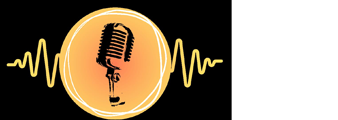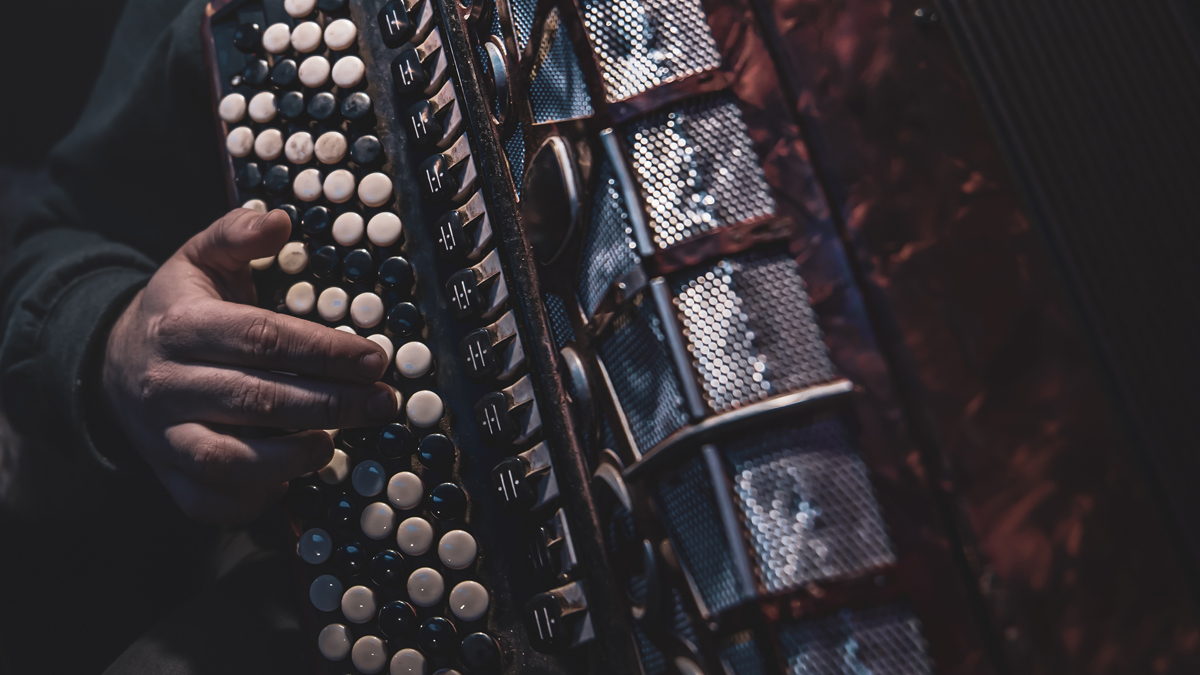Modern music makers are exploring new avenues for creativity by integrating hardware and software innovations. One exciting frontier is Integrating IoT with PCB-based Musical Instruments, a concept that redefines performance, customization, and connectivity in the music industry. This approach marries intricate electronics with musical expression, opening unprecedented possibilities for sound generation, remote control, and interactive experiences.
| Table of Contents | |
|---|---|
| I. | Embedded System Architecture & Integration |
| II. | Sensor Technology and Signal Acquisition |
| III. | Real-Time Signal Processing and Effects |
| IV. | Wireless Communication Protocols & Network Integration |
| V. | Cloud Connectivity and Remote Instrument Management |
| VI. | PCB Design Considerations for IoT and Audio Fidelity |
| VII. | Power Management and Energy Efficiency |
| VIII. | Security and Data Privacy in IoT Musical Instruments |
| IX. | Interoperability and Integration with Digital Workflows |
| X. | Prototyping, Testing, and Iterative Development |
Embedded System Architecture & Integration
The backbone of modern musical devices is a robust embedded system architecture. Designers now focus on Integrating IoT with PCB-based Musical Instruments by carefully aligning microcontrollers, memory, and peripheral interfaces. This integrated approach enables seamless communication between digital modules and analog audio pathways, enhancing performance reliability and future expandability while keeping designs compact and efficient.
Sensor Technology and Signal Acquisition
Accurate sound and motion capture are critical in musical instruments. Advanced sensor arrays, including pressure, acceleration, and optical sensors, now play a key role in Integrating IoT with PCB-based Musical Instruments. These devices collect nuanced data in real time, ensuring that even subtle performance gestures are captured and faithfully converted into digital signals for a refined musical output.
Real-Time Signal Processing and Effects
Instantaneous audio effects are essential for live performances. With innovations in digital signal processing, systems are now optimized for Integrating IoT with PCB-based Musical Instruments to provide real-time audio manipulation. Algorithms rapidly process incoming signals, applying effects such as reverb, delay, or distortion, all while maintaining low latency and high fidelity, thereby empowering performers with dynamic control over their sound.
Wireless Communication Protocols & Network Integration
Modern instruments rely on wireless connectivity to expand their functionality. By adopting emerging standards, developers are Integrating IoT with PCB-based Musical Instruments into broader networks. These protocols facilitate seamless data exchange between instruments, controllers, and computer interfaces. The enhanced connectivity allows for remote control, synchronized performances, and innovative collaborations, fundamentally transforming traditional studio and live setups.
Cloud Connectivity and Remote Instrument Management
Cloud platforms are revolutionizing how musicians manage their instruments. A cloud-centric approach means technicians and performers can remotely monitor and update devices, reinforcing Integrating IoT with PCB-based Musical Instruments into a fully networked ecosystem. This connectivity not only provides real-time diagnostics and upgrades but also supports multi-site performances, collaborative compositions, and data-driven creativity.
PCB Design Considerations for IoT and Audio Fidelity
For optimal performance, printed circuit boards must balance compact design with signal integrity. Engineers focusing on Integrating IoT with PCB-based Musical Instruments ensure that PCB layouts minimize interference while supporting high-speed data traffic essential for live audio processing. Thoughtful routing, shielding, and component selection are critical, preserving audio fidelity while maintaining a platform that can handle the demands of robust IoT functionality.
Power Management and Energy Efficiency
Efficiency is key to achieving long-lasting, high-performance instruments. Smart power management circuits are now integrated with Integrating IoT with PCB-based Musical Instruments to optimize battery life and reduce heat generation. Designers incorporate dynamic voltage scaling, sleep modes, and energy harvesting techniques. This allows devices to operate continuously in demanding environments, supporting both portable and fixed installations without sacrificing audio quality.
Security and Data Privacy in IoT Musical Instruments
As connected instruments gather and transmit data, safeguarding information becomes crucial. Developers emphasize robust encryption and secure boot processes when Integrating IoT with PCB-based Musical Instruments. This focus on security ensures that sensitive performance data, firmware updates, and user settings are protected from unauthorized access, maintaining both the integrity of the instrument and the privacy of the musician.
Interoperability and Integration with Digital Workflows
Seamless compatibility with existing digital ecosystems is vital for modern creators. By Integrating IoT with PCB-based Musical Instruments into digital workflows, manufacturers enable these devices to work harmoniously with software-based production tools. This integration supports automated data transfer, simplified configuration, and synchronized interactions between instruments and digital audio workstations, streamlining the creative process from capture to final mix.
Prototyping, Testing, and Iterative Development
Innovation in musical technology relies on continual refinement. Prototyping and iterative development ensure that Integrating IoT with PCB-based Musical Instruments meets the dynamic needs of musicians. Rapid cycles of testing and feedback allow engineers to perfect interfaces, enhance performance, and troubleshoot reliability issues early. This iterative process accelerates innovation and supports the evolution of instruments that are both versatile and robust in live and studio settings.

